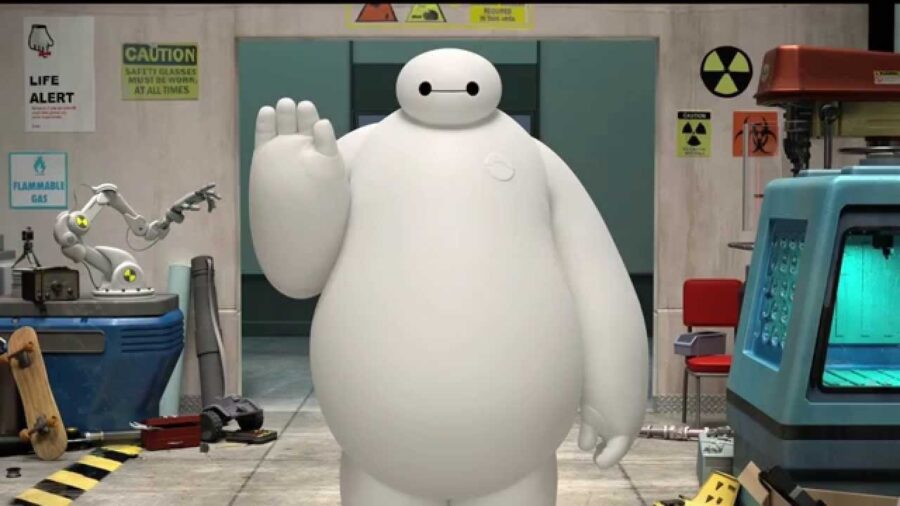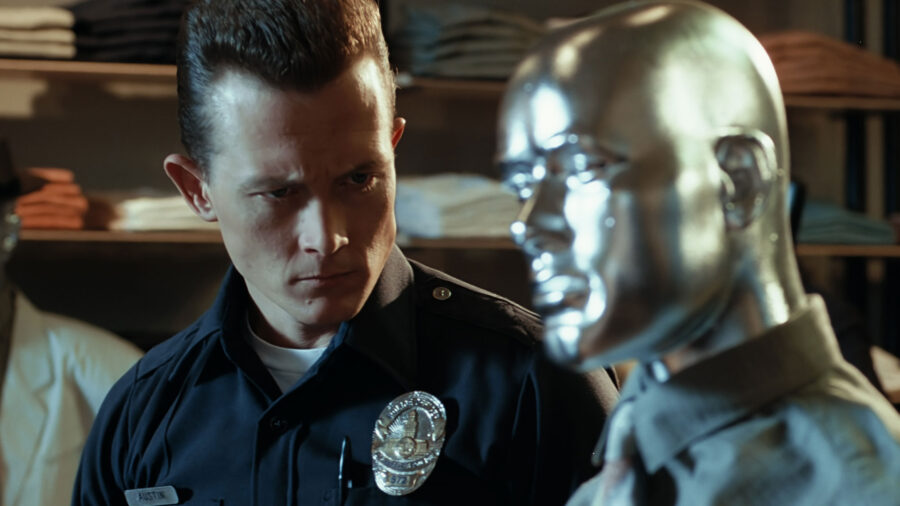Scientists Make Big Hero 6 Robot A Reality
Engineers use polygon meshing to recreate robots that can take on different shapes, like the one seen in Big Hero 6.

Robot technology has come a long way in recent years, and a new paper that was published in Nature Magazine Intelligence has showed us the latest innovation in the field of robotics. Using a technology known as “polygon meshing,” a team of engineers from the Swiss Federal Institute of Technology Lausanne have developed a robot that is made up of a number of interlocking parts that are able to take on different shapes based on the task that it needs to perform. One could liken this mechanical malleability to the Megabot from 2014’s Big Hero 6, which can split into multiple pieces while in combat, giving it an advantage over its opponents. You can see the technology at work below.
This new shape-shifting robot (known as Mori3) can be seen on the Reconfigurable Robotics Lab YouTube page, and its origami-like characteristics are absolutely stunning to see as the interlocking pieces operate like a swarm of robots that share a single unified brain. Though it’s a far cry from the liquid-metal composition of the T-1000 from Terminator 2, we’re only beginning to see the potential of polygon meshing as the robot slowly sits up and re-configures its shape so it can manipulate a hockey puck with its mechanical arm.
This polygon-based modular robot uses individual modules to morph from a triangular shape to nearly any 3D object, and it’s this level of portability that will facilitate transportation to far off places. Transporting a full-sized robot to space poses a number of difficulties when it comes to storage issues, and being able to assemble a robot from several smaller pieces upon arrival demonstrates to us that polygon meshing technology is a much more feasible approach. In other words, even though this technology is quite new, the applications will be endless once perfected.
Not only will this kind of robot be much easier to transport, but it will also be able to adapt its shape and size to perform a number of tasks that humans would find difficult to perform themselves. But it’s worth noting that Mori3’s capabilities are quite limited in this phase of development. At this point in time, there is still a need for more specialized robots to carry out more complex tasks.

But despite Mori3’s current limitations, the technology looks promising.
What we’re witnessing is a robot prototype that’s entirely comprised of interlocking parts to perform rudimentary tasks. Since we’re talking about a prototype and not a final iteration, there’s no doubt that more sophisticated robots could eventually utilize elements of polygon meshing on larger models for a variety of different functions.
Once researchers work out all of the kinks and continue to improve upon this technology, it wouldn’t surprise us if we saw larger, more specialized robots that have limbs that can shape-shift, break down, and be reassembled to perform more intricate tasks than Mori3 can at this point in time.
Researchers hope that one day robots like Mori3 can travel to the Moon or Mars to assist astronauts in their research. You never know what kind of obstacles astronauts will run into when they’re so far from home, and having a general use robot that’s versatile enough to adapt to its surroundings seems like the move to make as we continue to find more practical ways to explore the unknown.












